New Exhibit at SFMOMA Highlights the Art of the Mistake
These photographs make the most of getting it wrong
In the era before filters and Photoshop, photography handbooks showed idealized images that set the standards by which we still judge photos—and offered up tips on how to avoid pitfalls such as red eye. These classic tropes—the glamour shot, the perfect landscape—influence how we see the world, including what’s normal or deviant, notes Clément Chéroux, curator of a show at the San Francisco Museum of Modern Art that explores what happens when artists deliberately ignore the rules. To create her 2013 image Girl from Contact Sheet (Darkroom Manuals), Sara Cwynar selected a portrait outtake published in a 1970s guide as an example of an imperfect image—the subject wasn’t looking at the lens—and introduced more “errors” by jiggling the page on a flatbed scanner. “I wanted to pull apart something really familiar and think about how it was actually constructed,” Cwynar explains. “To me, the most interesting thing about photography is when it doesn’t work how it’s supposed to.”
/https://tf-cmsv2-smithsonianmag-media.s3.amazonaws.com/accounts/headshot/amy.png)
/https://tf-cmsv2-smithsonianmag-media.s3.amazonaws.com/filer/96/db/96db7530-3051-48a1-917c-c409af65cc51/art-opening-image.jpg)
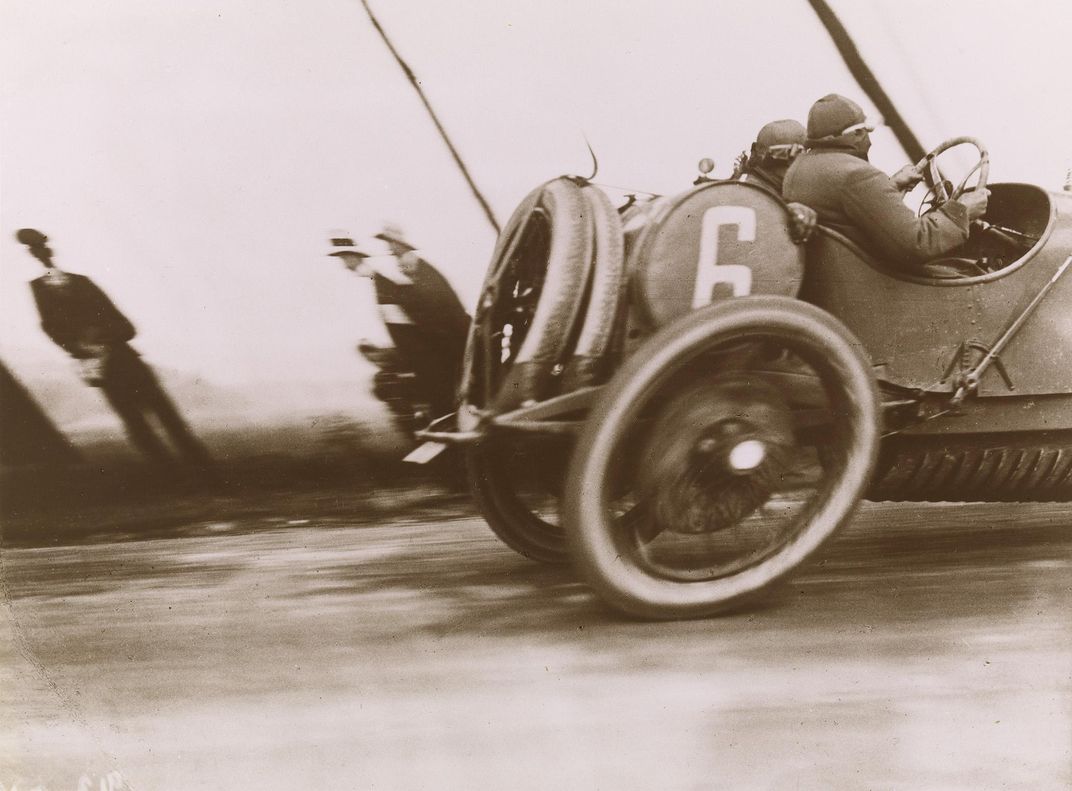
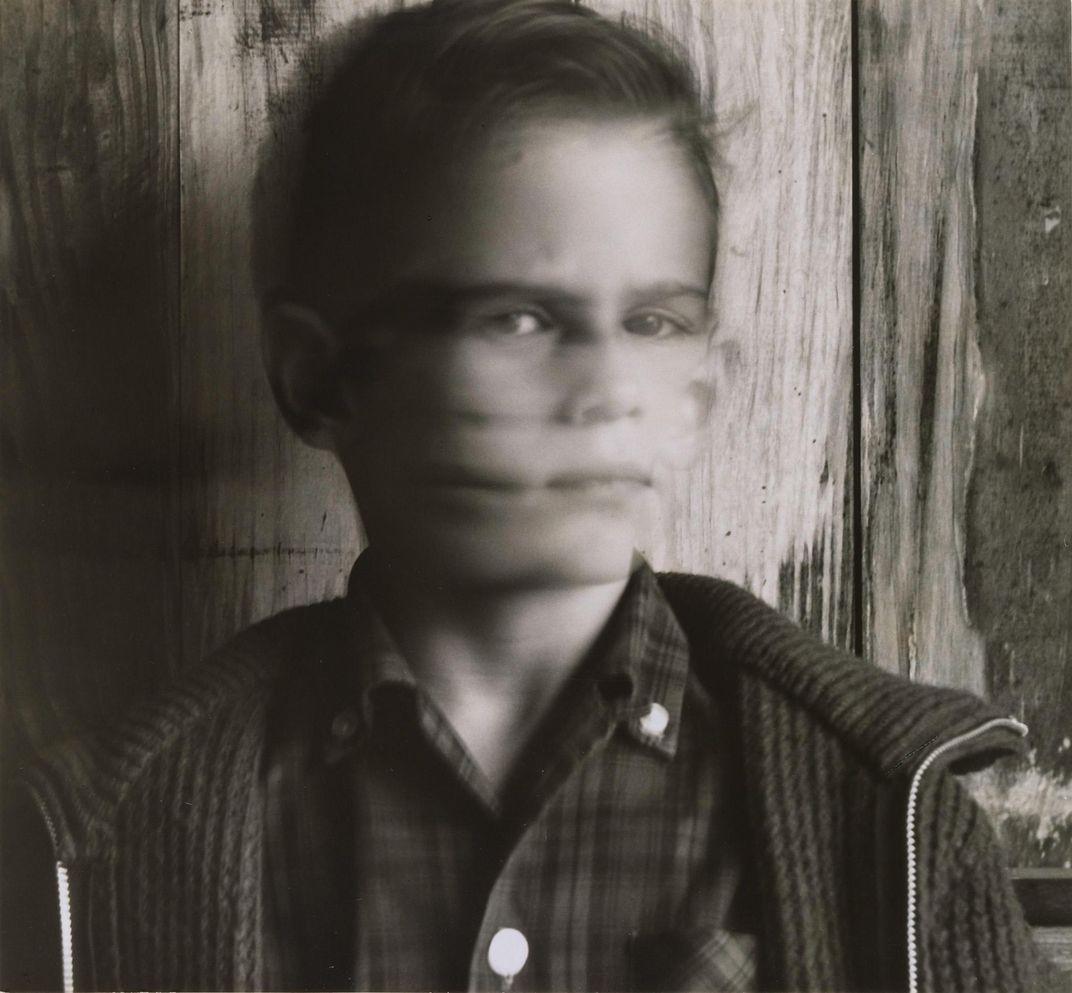
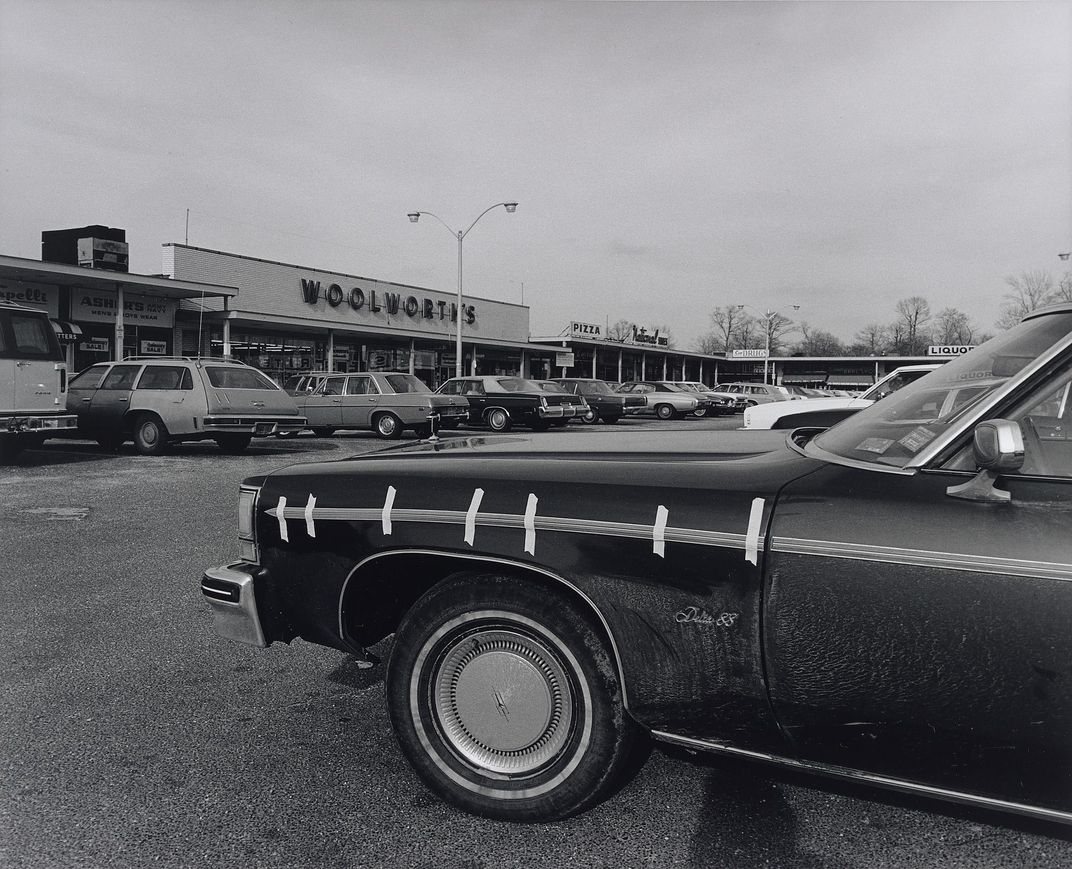
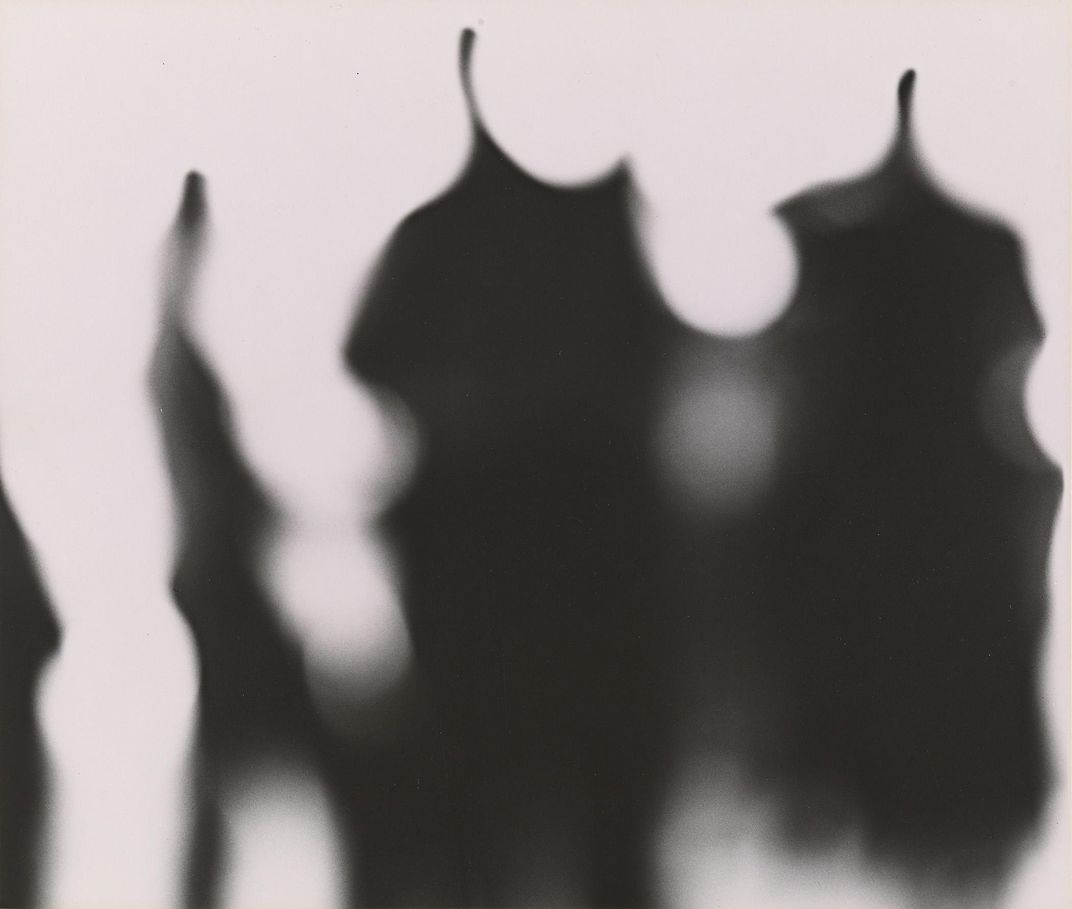
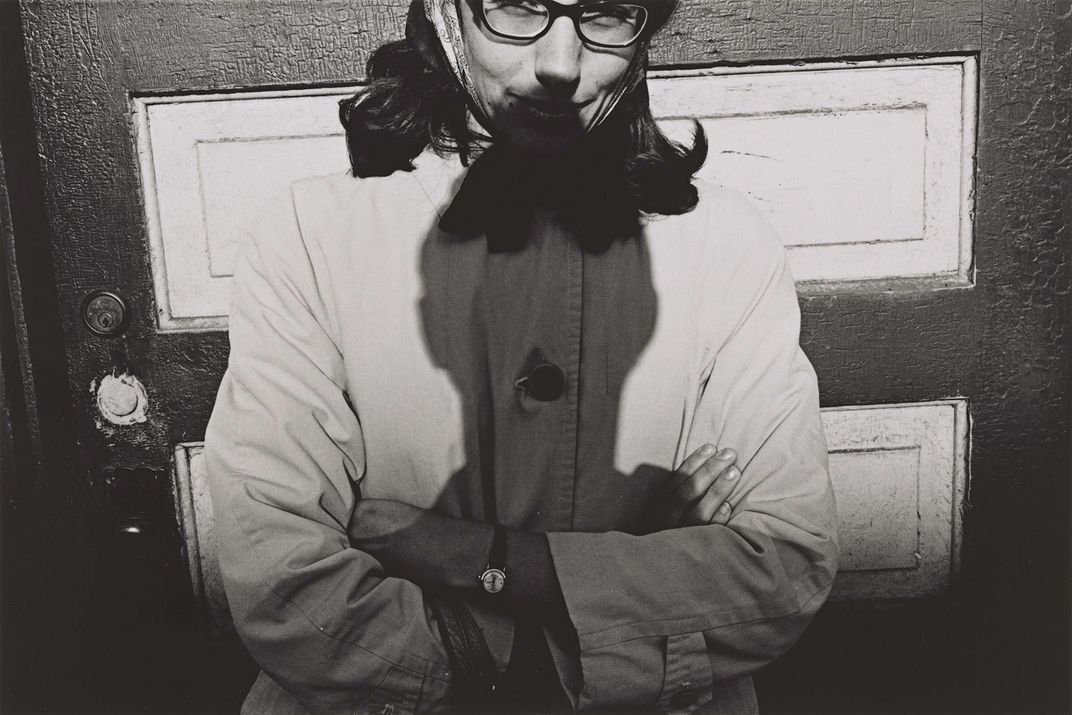
/https://tf-cmsv2-smithsonianmag-media.s3.amazonaws.com/accounts/headshot/amy.png)